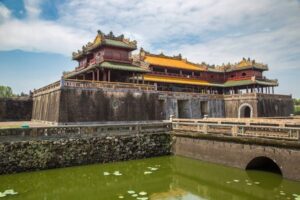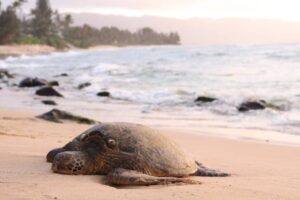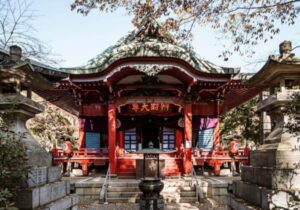The Travel Blog
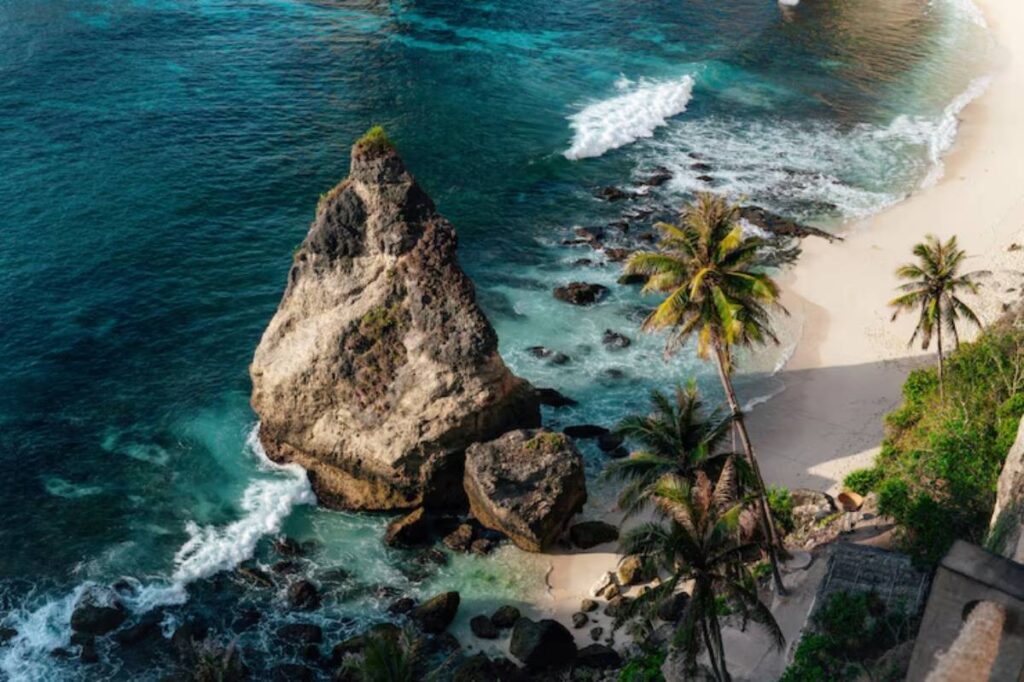
Togean Islands, Indonesia: Untouched Paradise in Sulawesi
An Off-the-Grid Haven You’ll Never Forget
What if your next adventure didn’t come with a wi-fi password or a bustling resort crowd? What if, instead, it offered serene shores, biodiverse coral reefs, and a chance to reconnect with nature in its rawest form? That’s the promise of the Togean Islands, Indonesia — a hidden archipelago in the heart of Central Sulawesi that feels like it was plucked straight from a dream.
Remote, wild, and utterly captivating, the Togean Islands invite travellers who crave authenticity, underwater exploration, and solitude. If you’re tired of the over-touristed hotspots and want a remote island in Asia where you can dive, hike, and stargaze with minimal distraction, keep reading. This guide covers everything you need to know to make the most of your journey into this Indonesian paradise.
Introduction to the Togeans: Where and Why
Geography and Isolation

The Togean Islands lie in the Gulf of Tomini and form part of Central Sulawesi province. Made up of over 50 islands and islets, they remain relatively unknown outside diving and backpacking circles.
What makes them unique:
- Protected within the Togean Islands National Park
- One of the least developed marine tourism areas in Southeast Asia
- Accessible only by boat (from Ampana or Gorontalo)
This remoteness is exactly what makes the experience so special.
Top Things to Do in the Togean Islands
1. Dive in the Coral Triangle Glory
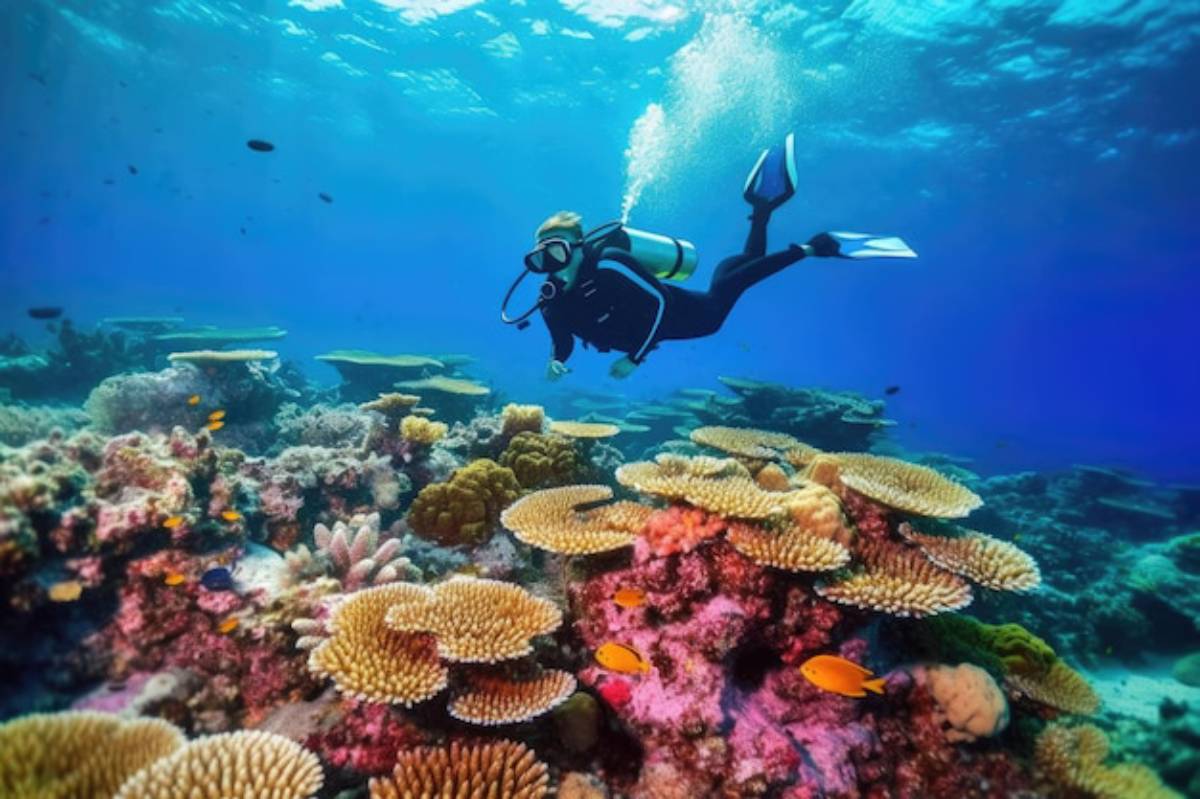
Located in the Coral Triangle, the Togeans are home to an astonishing variety of marine life. From colourful coral gardens to WWII wrecks, it’s a diver’s paradise with few rivals.
Top diving spots:
- Una Una: Famous for dramatic underwater volcano slopes and black sand diving
- Batu Daka: Vibrant coral walls, turtles, and reef sharks
- Walea Reef: Pristine coral beds and schooling fish
Marine highlights:
- Pygmy seahorses
- Mandarinfish
- Manta rays (in season)
- Napoleon wrasses
Don’t dive? Snorkelling is equally rewarding, especially around Kadidiri and Katupat.
Interested in other low-impact marine destinations? Read How to Travel Responsibly in Fragile Ecosystems Across Asia.
2. Experience Life with the Bajo Sea Nomads
Meet the Bajo people, also known as sea gypsies, who have lived for centuries in stilted houses over the sea.
What to do:
- Visit the Bajo village in Kabalutan
- Learn about their deep-sea fishing traditions
- Try a meal made with fresh, daily-caught seafood
You’ll gain a whole new respect for people who are genuinely in tune with the tides and weather.
3. Go Island-Hopping by Canoe or Boat
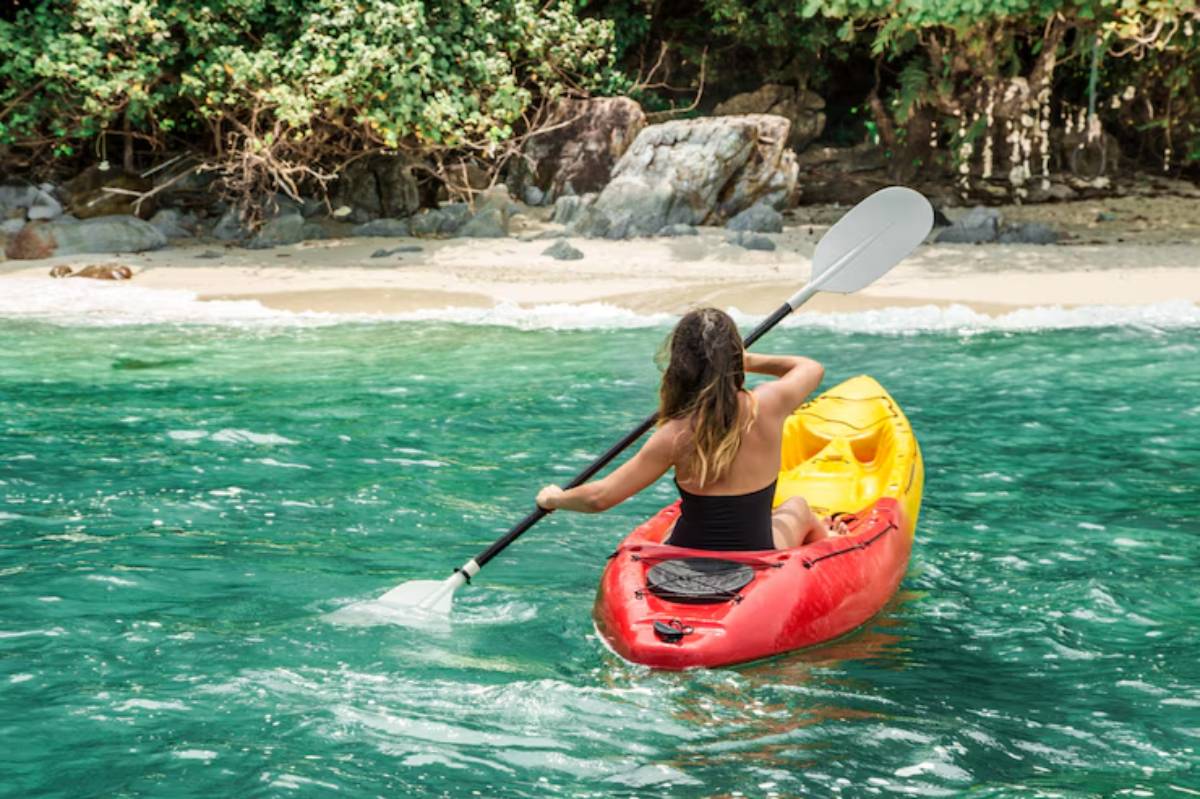
Exploring the Togeans by boat is essential. Many homestays offer guided island-hopping tours that include snorkelling stops, cliff jumping, and wildlife spotting.
Don’t miss:
- Jellyfish Lake on Pulau Mariona (no-sting jellyfish!)
- Karina Beach – white sands and few footprints
- Canoeing around mangrove forests
Pack light, bring your reef-safe sunscreen, and let the currents carry you.
4. Enjoy the Simplicity of Slow Life
The Togeans are perfect for unplugging. No loud bars. No honking traffic. Just:
- Hammocks
- Star-filled skies
- Books
- Coconut water straight from the shell
Many travellers come intending to stay 2–3 days and end up staying weeks. Time bends here.
Practical Travel Guide to the Togeans
How to Get There
Getting to the Togeans is part of the adventure.
From Ampana (south access):
- Fly to Luwuk or Palu
- Take a bus or a private car to Ampana
- Boat to Wakai or Kadidiri (2–4 hours)
From Gorontalo (north access):
- Overnight ferry to Wakai (10–12 hours)
- Often used by budget travellers and locals
Where to Stay
Accommodation ranges from simple beach huts to boutique eco-resorts.
Popular spots:
- Kadidiri Paradise (Kadidiri Island)
- Walea Dive Resort (luxury + diving)
- Black Marlin Dive Resort
Many operate on solar power and use rainwater collection. Be ready for basic comforts but rich experiences.
What to Pack
- Waterproof dry bags
- Biodegradable toiletries
- Flashlight (power outages are common)
- Mosquito repellent
- Travel insurance (diving coverage if needed)
When to Go
- Best time: March to November (dry season)
- Avoid: December to February (monsoon, choppy seas)
Cultural Sensitivity and Responsible Travel
The Togeans aren’t just a playground; they’re home to Indigenous communities. Treat them with respect.
Travel respectfully by:
- Asking before taking photos
- Dressing modestly outside resorts
- Minimising plastic use
- Supporting local guides and businesses
Several eco-projects are run by local NGOs — ask your host how to get involved.
A Word from a Fellow Traveller
“I thought I was going for the diving,” says Lina, a solo backpacker from Germany. “But the best part was how quiet it was. The people, the food, the way I forgot about my phone… I think the Togeans changed me.”
Her story isn’t unique. The Togeans leave a mark.
Hidden Wildlife: Encounters Beyond the Reef
While the underwater world often steals the spotlight in the Togeans, life on land offers its own quiet wonders. The islands are home to a surprising range of wildlife — from colourful butterflies flitting through forest clearings to endemic birds calling through the canopy at dawn.
If you’re lucky, you might spot:
- Tarsiers — tiny, wide-eyed primates with nocturnal habits, often seen at dusk in forested areas near Kadidiri
- Hornbills — their echoing wingbeats and curved beaks make them unmistakable as they fly between trees
- Monitor lizards — slow-moving and generally shy, basking near sunlit trails or tucked beneath mangroves
For nature lovers, early morning or late afternoon hikes yield the best chances of wildlife sightings. Be patient, tread softly, and remember that part of the magic is not being in a zoo — you’re sharing space with nature on its own terms.
Want to dive deeper into Indonesia’s untamed beauty? Read Sumatra, Indonesia: Orangutans and Tropical Jungles for another wild journey into Southeast Asia’s heart.
Conclusion: Embrace the Remote Beauty
If there ever was a place that rewards those who go the extra mile, it’s the Togean Islands. With breathtaking dive sites, untouched beaches, and a community that lives in harmony with nature, this is one of those rare destinations that still feels genuine.
It’s not a quick weekend trip. You’ll have to earn it. But that’s what makes it all the more unforgettable.
Ready to get off the grid and into paradise? Share this with your fellow travellers, leave a comment below, or begin mapping your Togean escape today.



